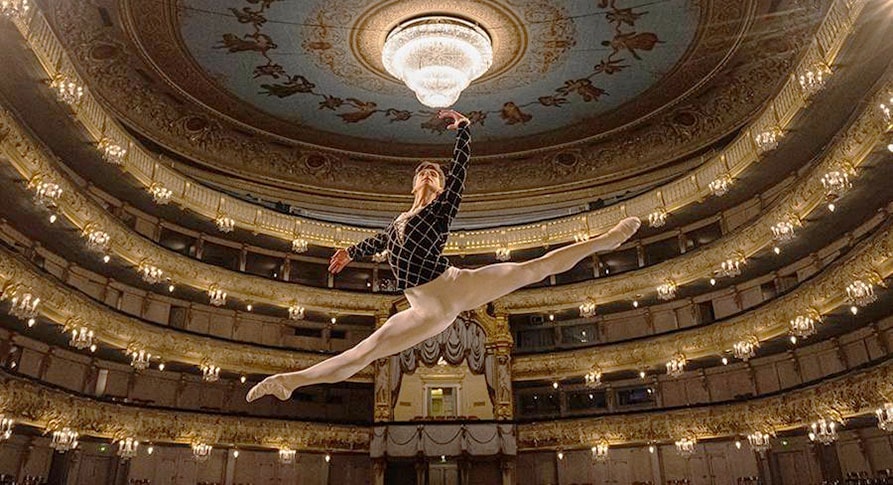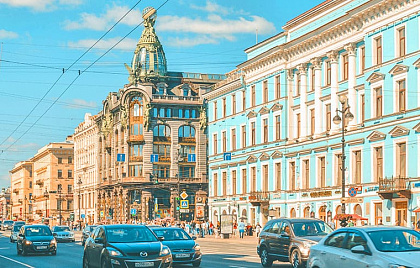Mariinsky Theater
In the middle of the 19th century, architect Alberto Cavos built a theater in the square which is now known to all as the Theater Square. The new theater received the name Mariinsky after Empress Maria Alexandrovna, the reigning emperor’s spouse. The first performance given at the Mariinsky theater in 1850 was Glinka’s opera Life for the Tsar.
The history of Mariinsky theater’s productions is vast. Operas which later became part of the classical fund of the Russian music - Ruslan and Ludmila, Boris Godunov, Khovanshchina, Prince Igor, Demon, and The Snow Maiden were premiered here. Operas of the most famous European composers Rossini, Mozart, and Verdi were also staged at the Mariinsky.
The choreographer Marius Petipa, who produced the best known Russian ballets worked at the Mariinsky Theater. Such ballet stars as Anna Pavlova (do you know the cake Pavlova?) Vaslav Nijinsky (the famous central figure of Sergei Diaghilev’s Ballets Russes), Mathilde Kschessinska (a mistress of the last Russian emperor Nicholas I) excelled here.
Georgiy Balanchivadze, who later became famous as George Balanchine, started his career at the Mariinsky Theater.
The proud history of the Mariinsky Theater continued after the 1917 regime change of power in 1917. The theater got a new name State Academic Theater of Opera and Ballet in 1920, and in 1935 after the death of Sergei Kirov was named after the politician, who was exceptionally popular. It was with the name Kirov that the theater became widely known in the West, and talented dancers of the Kirov Theater Rudolf Nureyev and Mikhail Baryshnikov became real heroes for the Western public.
In 2006, the theater got back its original name Mariinsky, and in 2013 the theater got a second stage in a new building opposite the historical building.
If you are lucky and going to see a performance at the historical building, you will be impressed by the opulence of the interiors. If you are going to see a performance on the new stage, you will find yourself in the kingdom of modern luxury with Swarovski lamps, walls of onyx, and stairs of glass. By the way, it’s those stairs that were awarded a high-prestige prize of the British Institution of Structural Engineers.
Besides the old stage and the new stage, the theater also has a concert hall built in 2006 where you can hear operas and see ballets without costly stage sets.











